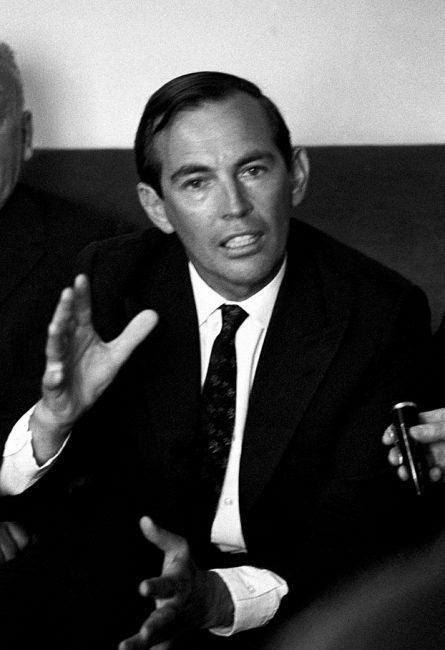
Christiaan Barnard (1922 – 2001)
On December 3, 1967 at the Groote Schuur Hospital in Cape Town South Africa, Christiaan Barnard performed the world‘s first adult heart transplant on Louis Washkansky. Although Norman Shumway is widely regarded as the father of heart transplantation, it was the young South African Christiaan Barnard utilizing the techniques developed and perfected by Norman Shumway and Richard Lower, who performed the world’s first adult human heart transplant.
Christiaan Barnard Background
Christiaan Barnard grew up in South Africa and sadly, one of his four brothers suffered from a heart disease and passed away at the age of five. Two of the remaining children, Marius and Christiaan Barnard took this incisive event to influence their career development and they both studied medicine years later. Christiaan Barnard served as a family physician after his graduation and later received his master degree at the University of Cape Town, where he also finished his dissertation on tuberculous meningitis. He made his first experiences with cardiothoracic surgery in the mid-1950’s in Minnesota, which highly influenced Barnard. He returned to South Africa, as a specialist in cardiothoracic surgery and was able to make up a great reputation, wherefore he was promoted several times in the next years.
Heart Transplant
Barnard performed several transplantations, mainly on kidneys before and the great breakthrough came on December 3, 1967. Louis Washkansky suffered an incurable heart disease and diabetes. He chose the surgery with a survival-chance of 80 percent, which Barnard later commented on: “For a dying man it is not a difficult decision because he knows he is at the end. If a lion chases you to the bank of a river filled with crocodiles, you will leap into the water, convinced you have a chance to swim to the other side.” The surgery itself was assisted by his brother Marius and lasted more than nine hours. The donor heart came from a young woman who had turned brain dead after an accident the day before the surgery. The operation was successful insofar as Washkansky survived it. In order to prevent his body from rejecting the foreign organ, Washkansky’s immune powers were largely suspended. After 18 days he died of pneumonia as a result of an infection. An important member of Barnard’s team was also the South African Hamilton Naki, who made considerable contributions to the development of the surgical technique, which had to be concealed due to Apartheid at the time. The second patient, Philip Blaiberg, was operated on January 2, 1968 and lived with the transplanted heart for 18 months.
Impact
The operation depicts a milestone for the field of medicine. Barnard became instantly famous and was admired for his accomplishments and loved by the hundreds he treated without any charges. He performed more heart transplants in the 1960’s and 70’s, and one patient even survived 23 years after his transplant. In the 1980’s his health fainted and due to his rheumatoid arthritis, Barnard was not able to give surgery anymore, but remained in the community as a consultant.
Christiaan Barnard passed away on September 2, 2001 in Paphos, Cyprus.
A tribute to Professor Christiaan Barnard by Netcare, [8]
References and Further Reading:
- [1] Christiaan Barnard: his first transplants and their impact on concepts of death at NCBI
- [2] Christiaan Barnard at Britannica Online
- [3] Christiaan Barnard at the NY Times
- [4] History of the first human heart transplant at the Cape Town Museum Website
- [5] Paracelsus – a Typical Renaissance Scientist, SciHi Blog
- [6] Alexander Fleming and the Penicillin, SciHi Blog
- [7] Christiaan Barnard at Wikidata
- [8] A tribute to Professor Christiaan Barnard by Netcare, Netcare @ youtube
- [9] Timeline of South African Surgeons via DBpedia and Wikidata

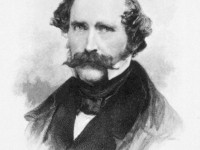
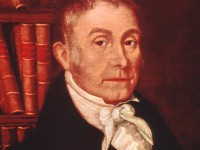
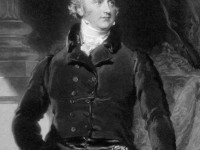
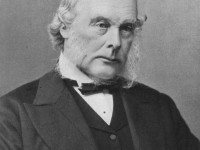

Pingback: Whewell’s Gazette: Year 2, Vol. #21 | Whewell's Ghost